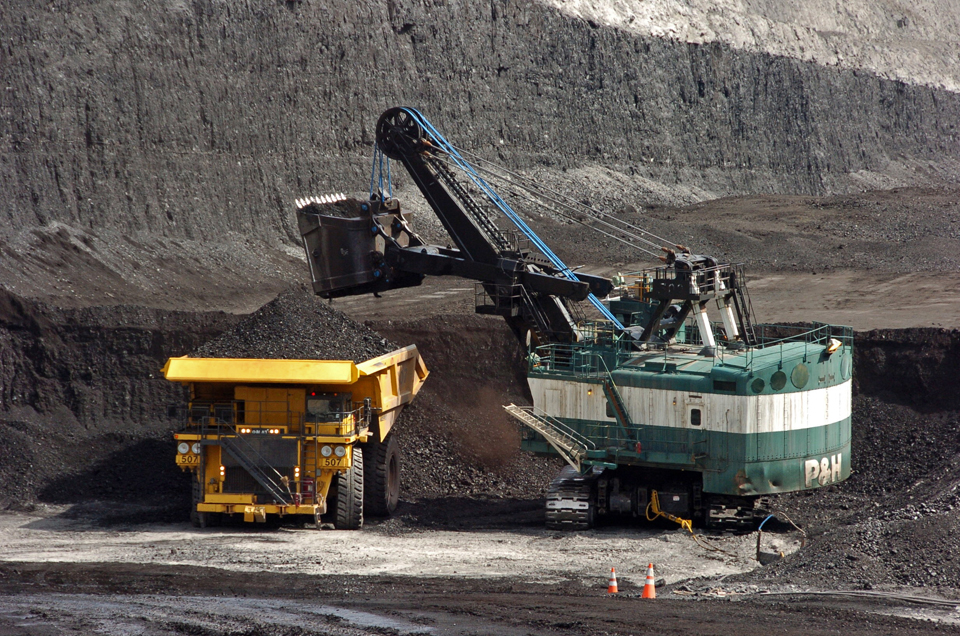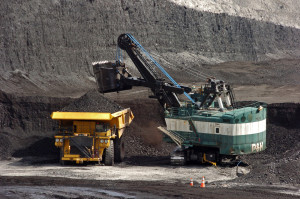

Western Pennsylvania and Pittsburgh have a long, storied relationship with coal. Pennsylvania produces the fourth-largest amount of coal of any state in the country, according to the U.S. Energy Information Agency. That’s why a recent action from the D.C. Circuit Court of Appeals that upheld an environmental executive order from President Obama is generating mixed reviews from Pennsylvania residents.
The court on Jan. 21 upheld Obama’s executive actions instituting the Clean Power Plan, which was created to reduce carbon emissions in the U.S. The court opted not to issue a stay, which would have suspended the legal proceedings, so for now, this means the rule will stand.
The Clean Power Plan, according to non-profit science advocacy group Union of Concerned Scientists, sets “state-by-state targets for carbon emissions reductions, and it offers a flexible framework under which states may meet those targets.”
This means each of the 50 states has to submit a plan in which power plants in their states will reduce carbon emissions. Power plants are given many options, such as investing in renewable energy or making current power plants more efficient. These plans are due by September 2016.
In Pennsylvania, the National Mining Association reports that there are over 7,000 people employed in the coal mining industry. The Clean Power Plan could put their jobs in jeopardy. Since 2010, six different coal power plants have shut down in the state. Organizations like the Pennsylvania Coal Alliance are resisting further regulations.
However, John Stolz, Duquesne professor and director of the Center for Environmental Research and Education, applauds the court’s decision. He said switching to cleaner energy is necessary for the future wellbeing of the U.S.
“We have long ignored the health issues related to the burning of fossil fuels, coal in particular,” Stolz said. “The savings in health care now more than ever offset the costs of clean power.”
He added that switching from carbon-based power should have been done a long time ago and that there are plenty of clean energy sources that should be looked into.
“Generating energy from waste through … the combination of solar, wind and hydro, plus an energy efficient electrical grid, can provide the alternative,” he said.
Abby Foster, director of communication and advocacy for the group Pennsylvania Coal Alliance, has a different point of view.
She said the regulations are set up in an unfair manner.
“There is no current technology available to help with this transition and since the legal system moves so slowly, the EPA knows that states and companies have to comply by the deadline, which often comes long before the case is actually heard,” Foster said. “Regulations win no matter what the courts rule.”
Foster explained that Pennsylvania Gov. Tom Wolf is planning on submitting his compliance plan by the September deadline, over what she describes as strong opposition from the utility companies.
“Coming up with a plan in this amount of time is certainly rushed. Utility companies are asking for an extension and he is ignoring them,” Foster said.
She also warned that there will be job loss from the regulations.
Tom Schuster, a campaign representative from the Pittsburgh-based environmentalist group Sierra Club, said the Clean Power Plan is an important and impressive step.
Schuster said with the plan, carbon emissions would be regulated for the first time in U.S. history. Schuster also claimed that any worries about job loss due to climate restrictions are unfounded.
“Nationally, there are already more people employed in wind and solar than in coal and natural gas, so the potential for clean energy to create jobs is enormous,” he said.
According to a census done by The Solar Foundation, the solar installation industry employs some 77 percent more people than the coal mining industry.
He does recommend that efforts are made to train people in coal country, so that they can transition from the fossil fuel industries to clean energy jobs. For instance, in 2014 the Department of Labor awarded more than $7 million to employment programs in Kentucky to help train laid-off Kentucky coal workers.



